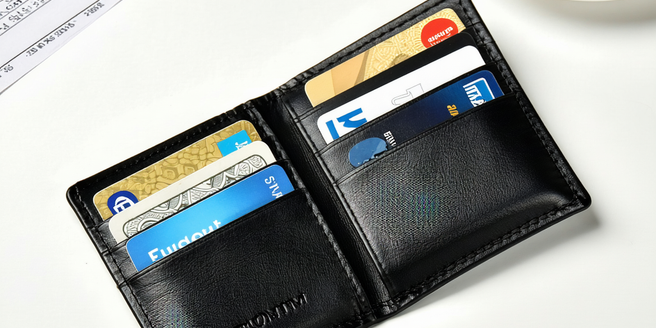
Understanding Budget Cards: A Quick Overview
Budget cards are financial tools that act as prepaid debit cards, allowing individuals to load a specific amount of money onto them. These cards are designed to help users manage their spending by setting a budget in advance. Unlike credit cards, budget cards do not rely on a line of credit, meaning users can’t spend more than they have. This approach helps prevent overspending and encourages better financial habits. Budget cards are accessible to those with varied credit histories, often not requiring a credit check for approval. Additionally, they offer a straightforward way to monitor expenses, with many providers offering mobile apps or online portals. These features make budget cards particularly beneficial for individuals seeking to gain better control over their finances while minimizing the risk of debt accumulation.
Financial Flexibility and Control with Budget Cards
Budget cards offer users a significant degree of financial flexibility and control by allowing them to manage their spending easily. Users can set spending limits, ensuring they stay within their financial means. The ability to allocate specific amounts to different expenses helps in prioritizing essential spending over discretionary purchases. With real-time tracking features, users can instantly access their transaction history through mobile apps or web interfaces, enabling them to keep a handle on their daily expenditures. Unlike traditional credit cards, budget cards eliminate the risks of overspending or accruing debt, making them ideal for those wanting to stabilize their finances. Moreover, they are typically reloadable, granting users the flexibility to adjust their budgeting as income or needs change, thus offering a versatile solution for maintaining financial discipline.
Minimizing Overspending: Budget Cards in Action
Budget cards play an essential role in minimizing overspending by allowing users to pay with a predefined limit. When funds on the card are exhausted, spending automatically halts, acting as a natural barrier against going over budget. This feature is particularly useful for individuals who struggle with impulse buying, as it introduces an enforced discipline to financial habits. Furthermore, many budget cards are equipped with tools that categorize spending, offering insights into spending patterns and helping users identify areas where they might cut back. By providing a clear overview of expenditures, budget cards encourage users to make more intentional purchasing decisions, ultimately fostering a more mindful approach to managing personal finances. With budget cards, users gain the ability to maintain spending alignment with their financial goals, reducing reliance on credit lines.
Enhanced Security Features of Budget Cards
Budget cards come equipped with enhanced security features that contribute to their appeal as a financial management tool. Many budget cards include advanced security measures such as chip-and-PIN technology, which provides an added layer of protection against fraudulent activity. Additionally, these cards may offer virtual card numbers for online shopping, further safeguarding personal financial information. If a budget card is lost or stolen, the user’s exposure is limited to the preloaded amount, significantly reducing the potential for financial loss. Cardholders can also take advantage of instant notification features that alert them to any unusual or unauthorized transactions, allowing for swift action. These security provisions ensure that users can confidently use budget cards without fear, making them a smart choice for those prioritizing financial security alongside budgeting.
How Budget Cards Simplify Expense Tracking
Budget cards simplify expense tracking by providing users with an organized overview of their spending. With each transaction recorded electronically, users can easily access detailed reports of their expenditures through mobile applications or online platforms. This digital record-keeping eliminates the need for manual expense tracking methods, saving time and reducing the likelihood of errors. Many budget card issuers offer tools that categorize spending by type, such as groceries, entertainment, or transportation, giving users a clearer picture of where their money goes. These insights help identify spending trends and aid in making informed decisions about budget adjustments. With convenient access to spending data, users can efficiently monitor their financial progress and make proactive changes, enhancing their overall success in reaching financial goals.
